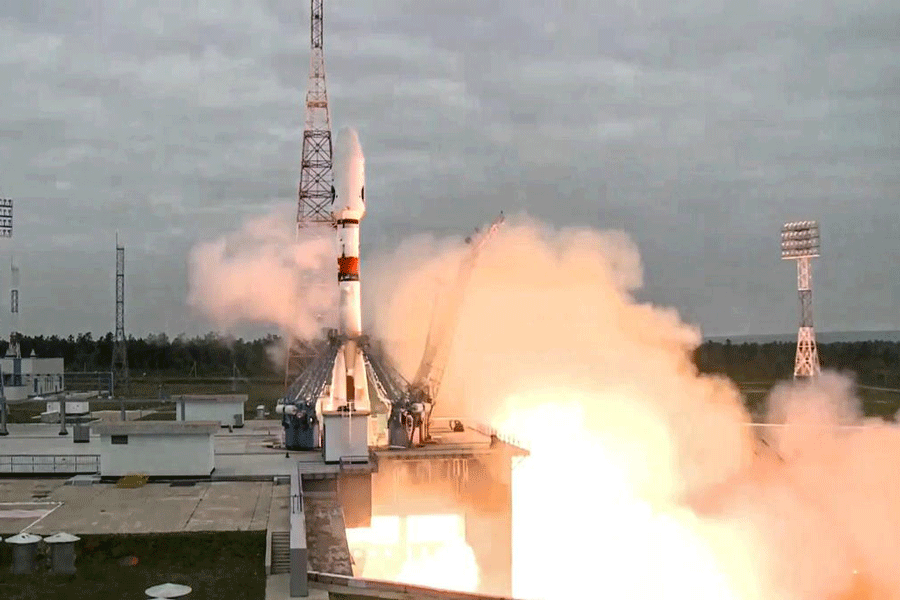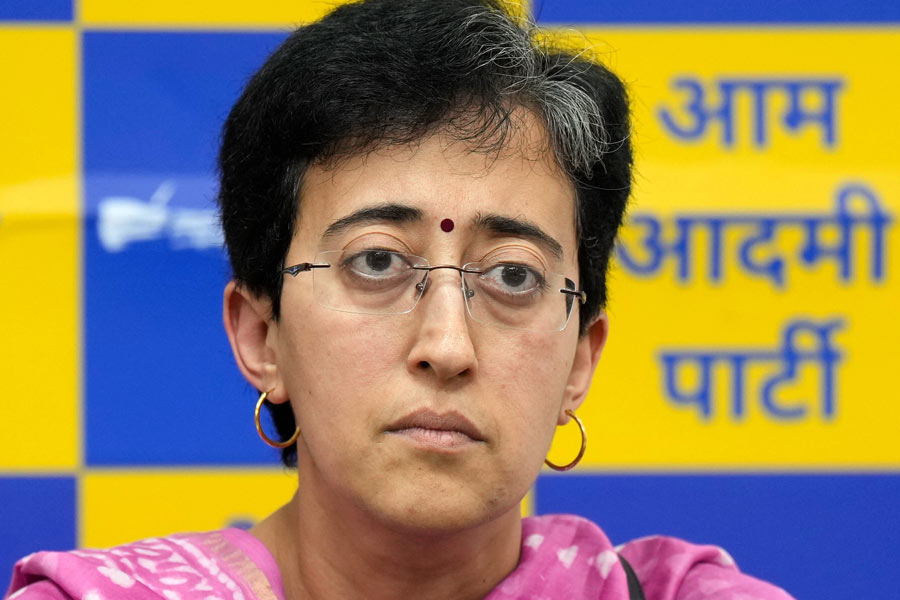A Russian robotic spacecraft that was headed to the lunar surface has crashed into the moon, Russia’s space agency said on Sunday, citing the results of a preliminary investigation a day after it lost contact with the vehicle.
It is the latest setback in spaceflight for a country that during the Cold War became the first nation, as the Soviet Union, to put a satellite, a man and then a woman in orbit.
The Luna-25 lander, Russia’s first space launch to the moon’s surface since the 1970s, entered lunar orbit last Wednesday and was supposed to land as early as Monday. On Saturday afternoon Moscow time, according to Roscosmos, the Russian space agency, the spacecraft received orders to enter an orbit that would set it up for a lunar landing. But an unexplained “emergency situation” occurred, and the orbital adjustment did not occur.
On Sunday, Roscosmos said that measures to find and re-establish contact with the craft had failed, and that it calculated the failure of the adjustment meant that Luna-25 had deviated from its planned orbit and “ceased its existence as a result of a collision with the lunar surface”.
Luna-25, which launched on August 11, was aiming to be the first mission to reach the moon’s south polar region. Government space programmes and private companies are interested in that part of the moon because they believe it may contain water ice that could be used by astronauts for future space missions.
Eye on India
India will now get the chance to land the first probe in the lunar south pole’s vicinity. Its Chandrayaan-3 mission launched in July and is scheduled to attempt a landing on Wednesday.
That India may succeed after Russia failed would be a blow to President Vladimir V. Putin, who has used Russian achievements in space as part and parcel of his hold on power.
Disappointments
In recent decades, Russia’s exploration of Earth’s solar system has fallen a long way from the heights of the Soviet era. The last unqualified success was more than 35 years ago when the Soviet Union was still intact. A pair of twin spacecraft, Vega 1 and Vega 2, launched six days apart. Six months later, the two spacecraft flew past Venus, each dropping a capsule that contained a lander that successfully set down on the hellish planet’s surface, as well as a balloon that, when released, floated through the atmosphere. Subsequent missions to Mars that launched in 1988 and 1996 failed.
The embarrassing nadir came in 2011 with Phobos-Grunt, which was supposed to land on Phobos, the larger of Mars’s two moons, and bring back samples of rock and dirt to Earth. But Phobos-Grunt never made it out of Earth’s orbit after the engines that were to send it to Mars did not fire.
New York Times News Service










